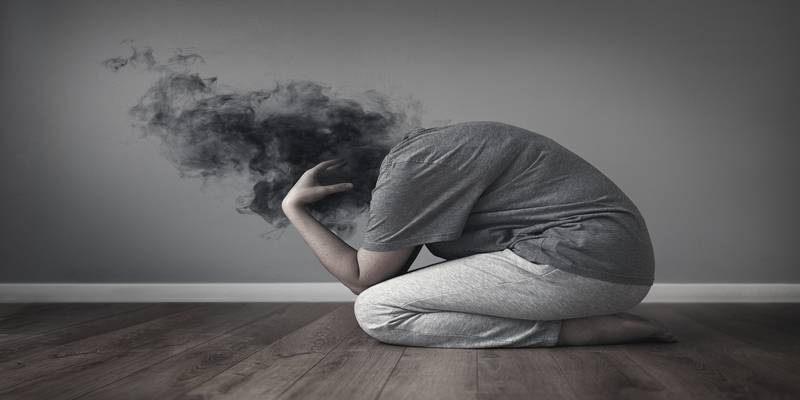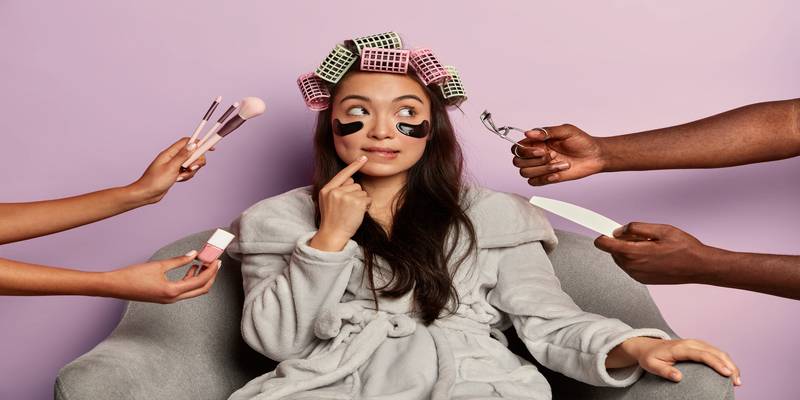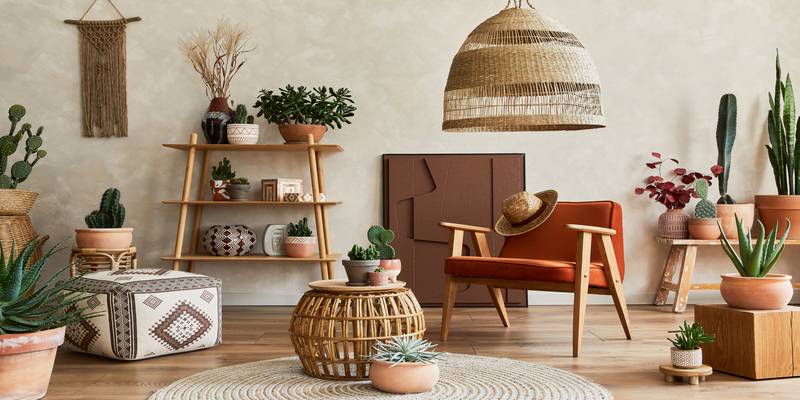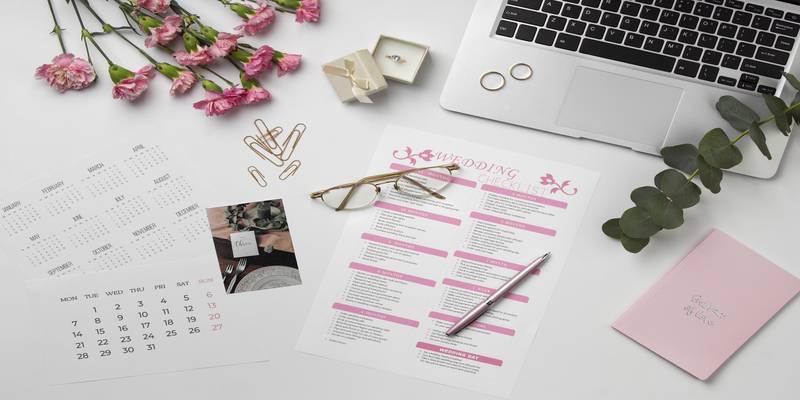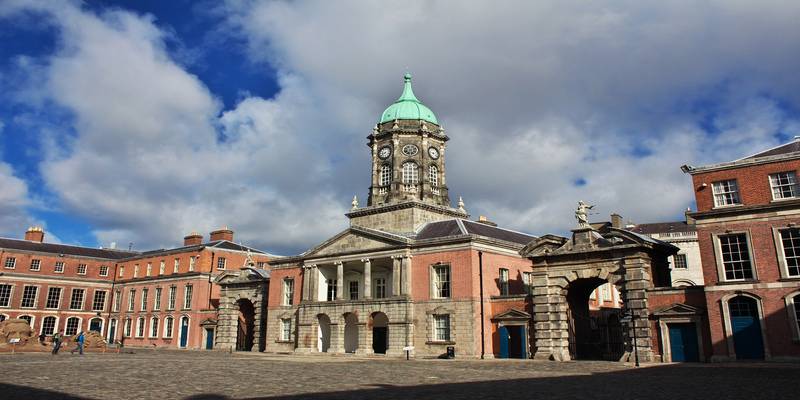Food styling and photography: build your prop collection

Have you ever heard any story with only the lead actor and no supporting cast? Whether it’s in our childhood story tales or modern-day movies, the supporting star cast plays a significant role along with the lead actors and actresses. We can extend this concept to food photography and styling too. To create a food story, we need supporting elements to make our hero dish shine even more. Food props and backdrops help add details and create interest in our compositions. Choosing the right props and colours in our food story can bring our frame to life.
The question often arises: how do we begin building our prop collection? While selecting props, it’s crucial to keep your style in mind and consider the message you want to convey to your audience. When commencing a career in this field, it could be overwhelming to see the work of other creators and look at their prop collection.
As a beginner, you should look around the elements you already have and get started. Begin with what is available to you and then slowly build your prop collection, as it is a valuable investment in this career. Let’s discuss the items you can find at home and then explore more fancy props you can buy to enhance your collection.
Photography backdrops and surfaces
The first thing that you choose is the surface on which you place your food and other props while shooting. When shooting from a straight-on or a three-quarter angle, you’ll need a background to support your frame. As a beginner, you can use craft papers available at craft stores. However, these have the disadvantage of getting spoiled during the shoot. Another affordable option is to use printed vinyl sheets that you can wipe clean, roll up and store after you finish your shoot.
An advantage of vinyl sheets is their portability, which makes them easier to carry. You can find various colourful and printed options available these days. If you are willing to spend a little more, some vendors create and sell hand-painted and textured surfaces on wood and particle boards. You can also create your own photography surfaces by using DIY techniques. The main thing to keep in mind is that the surfaces and backgrounds should be matte to avoid light reflection.
Choosing your props
There are some things you must consider while choosing or purchasing props. An important guideline is to avoid investing in shiny pieces. You should pick matte-finish crockery as it will not reflect light hitting the subject.
The next important thing is the colour palette. While selecting colours, it is a good idea to start with whites and blacks. As you grow your collection with time, consider investing in neutral and earthy shades of ceramics. Colours such as beige, brown, off-white, grey, and other pastel shades can complement several dishes. If you want to create a colourful and vibrant shot, you can surely opt for bold colours.
Then comes the texture. What adds life to your photograph is the texture. Studio pottery, like handmade ceramics with some colour speckles and imperfections, creates visual interest in the image.
When choosing patterns, opt for smaller dots, plain lines, or florals, as long as they will not overshadow the food. Ultimately, what makes a prop timeless is that it is versatile and how many times you can use it without getting monotonous.
Serveware
You can experiment with an array of crockery, but to begin with, invest in basics like neutral-coloured ceramic dinner and quarter plates, salad/soup bowls, some platters, and a few dip and pinch bowls. Tea/coffee cups and small jugs also come in handy while composing a shot. Apart from table crockery, you can use cutlery items like salad/dessert servers, spoons, forks, and butter knives.
When shooting drinks, make sure you use glassware that is smaller and has intricate detailing. Drinks look best when you use some backlighting. Hence, crystal-cut glasses look impressive. You can also use small glass bottles or jars to fill in with things.
It’s preferred to have a variety of styles in your prop collection. Old, vintage cutlery from your grandmother’s kitchen is always a treasure to keep. You can use rustic statement pieces to shoot traditional food and evoke an old vintage feel. Worn-out pieces work best as they are not shiny and won’t cause unnecessary reflections. Modern-day crockery, wooden bowls and platters, chinaware, and terracotta utensils offer a variety of options.
While choosing the crockery for support, always keep in mind that these should not overpower the food you are shooting. It’s not advisable to use anything with bold patterns that can be distracting to the viewer’s eye. Handmade ceramics are quite in trend these days. Their beauty lies in their imperfections that add an organic feel to the picture.
Linens and papers
Matte linens add a character to a food photograph. As simple as it may sound, adding fabrics elevates your food story and creates a sense of movement in the picture. Fabrics add texture and layer when placed beneath the photo subject.
Commonly used linens that you can find around you are classic kitchen napkins, tea towels, table mats or covers, cheesecloth, cocktail napkins, frayed edge napkins, burlap, florals, etc. In the same way, adding paper can change the vibe of the food story. Newspapers, crumpled parchment paper, both brown and white, can be effectively used to create a scene, wrap burgers, fries, and other foods as well as add an extra touch to your baked dishes.
Other accessories
There is no limit when it comes to styling your food using props. You can get as creative as you want, as long as the props don’t upstage your food. One of the commonly used props is a wooden cutting/chopping board. Worn-out wooden boards add character, layering, and texture to your photographs. Using wood can give your frame a rustic or modern look, depending on what other props you are using. Similarly, you can also use stone platters/boards in marble or granite as a base for your dish. One can also incorporate bakeware or cookware that looks aged and adds a rustic story to the picture.
The use of metallic cooling racks, baking trays, ramekins, cast iron skillets, metal/wooden boxes or tiffins can transport your audience to a real-life imagination. Measuring cups and spoons are best suited for recipe or process shots. Similarly, you can add cake tins, pie dishes, and vintage utensils to the food story. You can also use other storytellers like metal sieves, icing sugar dusters, cake servers, pepper mills, small graters, mortar pestles, vintage scissors, ladles, wooden racks, etc. to add creative interpretations to your image.
When shooting festive food items like sweets and desserts, you can use candles, tea lights, fairy lights, flowers, laces, and ribbons to create a happy and joyful vibe to your story. You can also use some elements to add layers and height to your shot, like a cake stand or a pile of old books. You can also add real/faux greens to give a pop of colour to the picture.
If you really want to go extensive, you can also invest in faux wooden windows to create an elaborate shot depicting a kitchen scene or a tabletop scene. Don’t forget that ingredients used in the recipe can also be wonderful props: sugar, whole spices, dry fruits, and more can add great texture.
Prop collection is a gradual process and does not happen overnight. The key takeaway is that one should invest in props that are timeless, universal, and always look beautiful when used. Initially, you can start with elements you already possess and then think more creatively about how to expand. Whether you explore thrift stores, street-side vendors, or big retail outlets, you can find multiple props to suit your style and requirements. As you progress in your journey, your prop collection will become one of the most valuable assets you have ever owned.
Article by: Dr. Manjula Vijh

